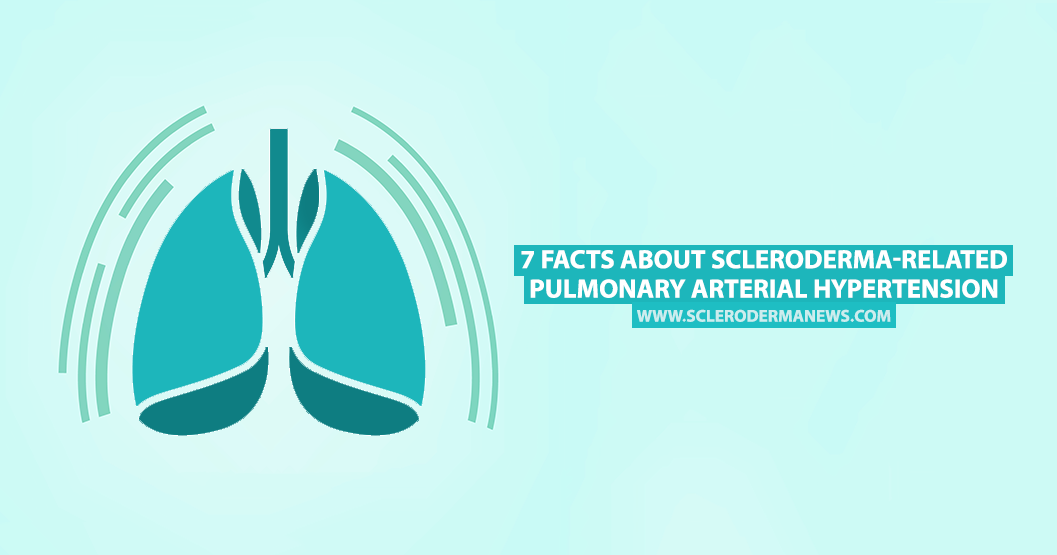7 Facts About Scleroderma-Related Pulmonary Arterial Hypertension

Scleroderma (SSc) is a rare but progressive autoimmune disease that mainly affects women between the ages of 20 and 50, although men and children can also develop the disease. Many patients who have scleroderma also develop pulmonary arterial hypertension (PAH).
MORE: Three possible risks for scleroderma
1. According to the Scleroderma Foundation, there are an estimated 300,000 scleroderma patients in the U.S.
2. It is estimated that between 8 percent and 30 percent of scleroderma patients will develop PAH.
3. There are about 200,000 new cases of PAH reported each year in the U.S.
4. Pulmonary arterial hypertension (PAH) is categorized into four groups, with one being the mildest and four being the most severe.
MORE: Do you know how scleroderma and PH often co-exist?
5. The relationship between PH and scleroderma is because of the nature of scleroderma — it attacks the connective tissues in the body’s major organs.
6. While the skin is predominantly affected by scleroderma, many patients also struggle with lung problems.
7. The coexistence of PH and scleroderma is due to the thickening of connective tissue around blood vessels. When blood vessels are narrowed in the lungs, the right ventricle of the heart must work harder to pump blood to the lungs.
MORE: Seven common complications of scleroderma
Scleroderma News is strictly a news and information website about the disease. It does not provide medical advice, diagnosis or treatment. This content is not intended to be a substitute for professional medical advice, diagnosis, or treatment. Always seek the advice of your physician or another qualified health provider with any questions you may have regarding a medical condition. Never disregard professional medical advice or delay in seeking it because of something you have read on this website.






